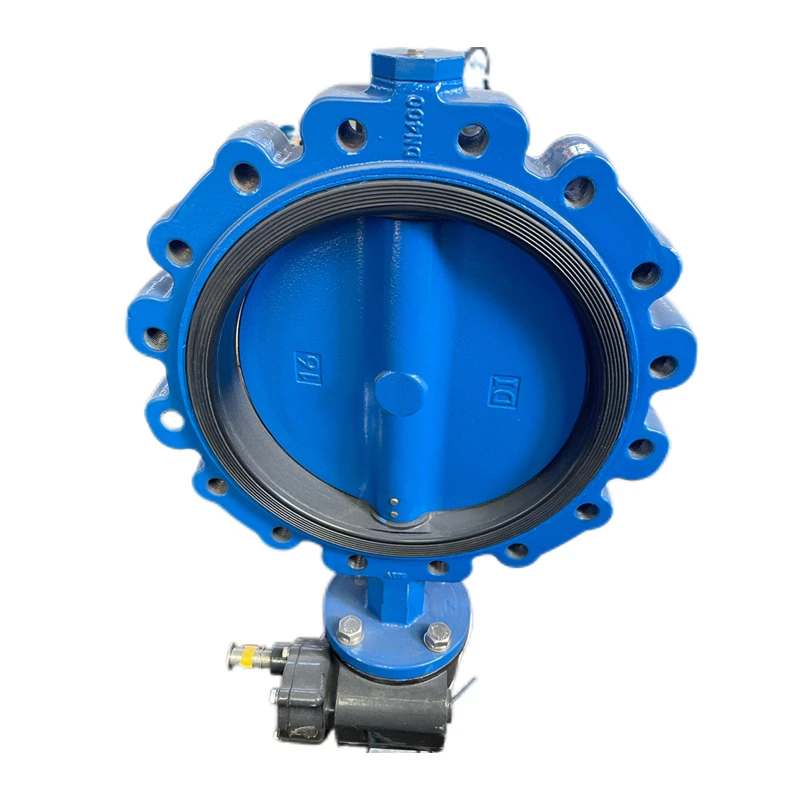ഡിസം . 07, 2024 08:59 Back to list
flange adaptor and dismantling joint
Flange Adaptors and Dismantling Joints An Overview
In modern pipeline systems, the importance of reliable components cannot be overstated. Among these components, flange adaptors and dismantling joints play crucial roles in ensuring the seamless operation and maintenance of piping networks. This article aims to provide an in-depth look at flange adaptors and dismantling joints, exploring their functions, benefits, and applications in various industries.
What is a Flange Adaptor?
A flange adaptor is a mechanical device that facilitates the connection of pipelines to flanged equipment or structures. It serves as a bridge between two different pipe systems, typically connecting a pipe of one diameter or material to a flanged joint of another. Designed to simplify installation and maintenance, flange adaptors come in various configurations and materials, including ductile iron, stainless steel, and PVC.
The primary function of a flange adaptor is to provide a secure and leak-proof connection between the piping system and flanged equipment. This is especially vital in industries where fluid dynamics are critical, such as in water supply, sewage systems, and chemical processing. Flange adaptors are engineered to handle high pressure and temperature conditions, ensuring durability and reliability.
The Role of Dismantling Joints
Dismantling joints are specialized fittings designed to enable easy removal or dismantling of pipeline sections without requiring extensive disassembly of the entire system. Essentially, they allow for quick and efficient maintenance or replacement of pipes and valves. This is particularly advantageous in water and wastewater treatment facilities, where regular maintenance is imperative to maintain system efficiency.
A dismantling joint typically consists of an expandable section that can be adjusted to create gaps in the pipeline, allowing for the disengagement of components. This mechanism reduces the need for heavy equipment and minimizes downtime, making it a preferred choice for operators seeking to streamline their maintenance processes.
Benefits of Using Flange Adaptors and Dismantling Joints
flange adaptor and dismantling joint

1. Ease of Installation Both flange adaptors and dismantling joints simplify the installation process. Their design allows for quick alignment and secure connections, facilitating a faster setup and reducing labor costs.
2. Flexibility Flange adaptors can accommodate variations in pipe diameter and material, allowing for greater flexibility in design and engineering applications. Similarly, dismantling joints make it easy to reconfigure existing piping systems as operational needs change.
3. Cost-Effective Maintenance Dismantling joints significantly reduce the time and effort required for maintenance activities. With the ability to easily access different parts of the piping system, operators can perform repairs or replacements with minimal disruption.
4. Enhanced Durability Both components are built to withstand harsh conditions. Whether faced with high pressures in industrial applications or the corrosive environments of wastewater treatment, flange adaptors and dismantling joints are designed to ensure long service life.
5. Improved Safety These components are engineered for secure connections, minimizing the risk of leaks and potential hazards. Regular inspections and easy access for maintenance further enhance the safety of the piping systems.
Applications in Various Industries
Flange adaptors and dismantling joints find applications across multiple sectors, including municipal water supply, wastewater management, industrial manufacturing, and oil and gas. In municipal water systems, they facilitate connections between different pipe materials and sizes, ensuring a seamless distribution network. In wastewater facilities, dismantling joints enable maintenance operations that keep processes running efficiently and reduce the risk of system failure.
Conclusion
In summary, flange adaptors and dismantling joints are essential components of modern pipeline systems. Their ability to provide reliable connections and facilitate maintenance processes makes them invaluable in various industries. By ensuring that piping systems remain functional and easy to maintain, these components contribute significantly to operational efficiency and safety. As industries continue to evolve, the demand for such robust solutions will undoubtedly remain a priority for engineers and operators alike.
Share
-
Advanced Technology in Wire and Cable FactoryNewsAug.19,2025
-
Applications of Ball Check Valve in Water Treatment PlantsNewsAug.19,2025
-
How Osy Gate Valve Ensures Leak - Tight SealingNewsAug.19,2025
-
Selection Criteria for Wafer Type Butterfly ValveNewsAug.19,2025
-
Threaded Ball Valve Pressure RatingsNewsAug.19,2025
-
Y Strainer PN16 Cost - Effectiveness AnalysisNewsAug.19,2025


